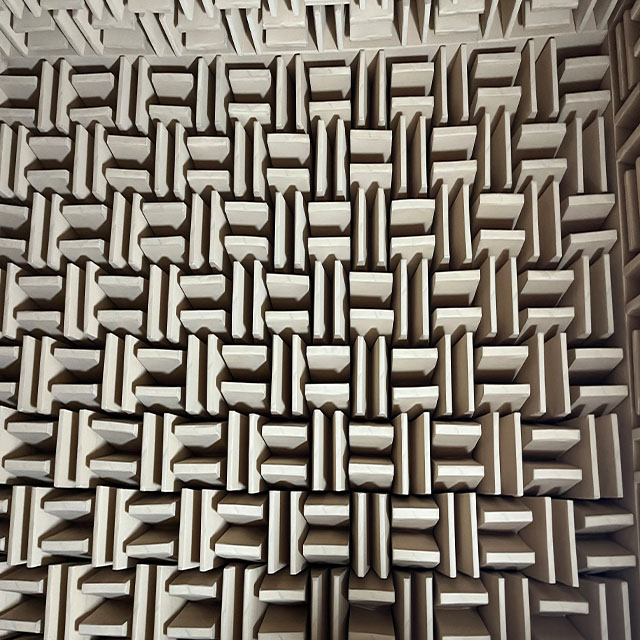
Building an anechoic room costs a lot of money, so how to evaluate the quality of an anechoic room? Static Ring Acoustics recommends that you consider the following points:
Sound insulation effect: The main function of an anechoic chamber is sound insulation. To evaluate the quality of an anechoic chamber, we must first look at its sound insulation effect. Sound insulation can be assessed by measuring the difference in indoor and outdoor noise levels; generally speaking, the greater the reduction in noise levels, the better the insulation.
Sound absorption effect: In addition to sound insulation effect, the anechoic chamber should also have good sound absorption effect, that is, it can reduce the echo and reflection of indoor noise. The sound absorption effect can be evaluated by measuring the echo time of indoor noise. The shorter the echo time, the better the sound absorption effect.
Structural design: The structural design of the anechoic chamber will also affect its quality. A good anechoic chamber should have a solid structure and good sealing to minimize the transmission and leakage of noise.
Materials used: The sound insulation and sound-absorbing materials used in the anechoic chamber will also affect its effectiveness. High-quality sound insulation and sound-absorbing materials can more effectively reduce the transmission and reflection of noise.
Safety: The design and material selection of the anechoic chamber should also consider safety to ensure that the anechoic chamber will not pose a threat to personal safety during use.
Cost-effectiveness: Finally, the cost-effectiveness of the anechoic chamber must also be considered. A good anechoic chamber should provide satisfactory sound insulation and sound absorption effects within a reasonable cost range.
Taking the above factors into consideration, you can evaluate the quality of the anechoic chamber and choose an anechoic chamber solution that suits your needs and budget. It should be noted that for professional anechoic chamber evaluation and design, it is recommended to consult a professional acoustic engineer or noise control expert to ensure the accuracy and reliability of the evaluation results.


